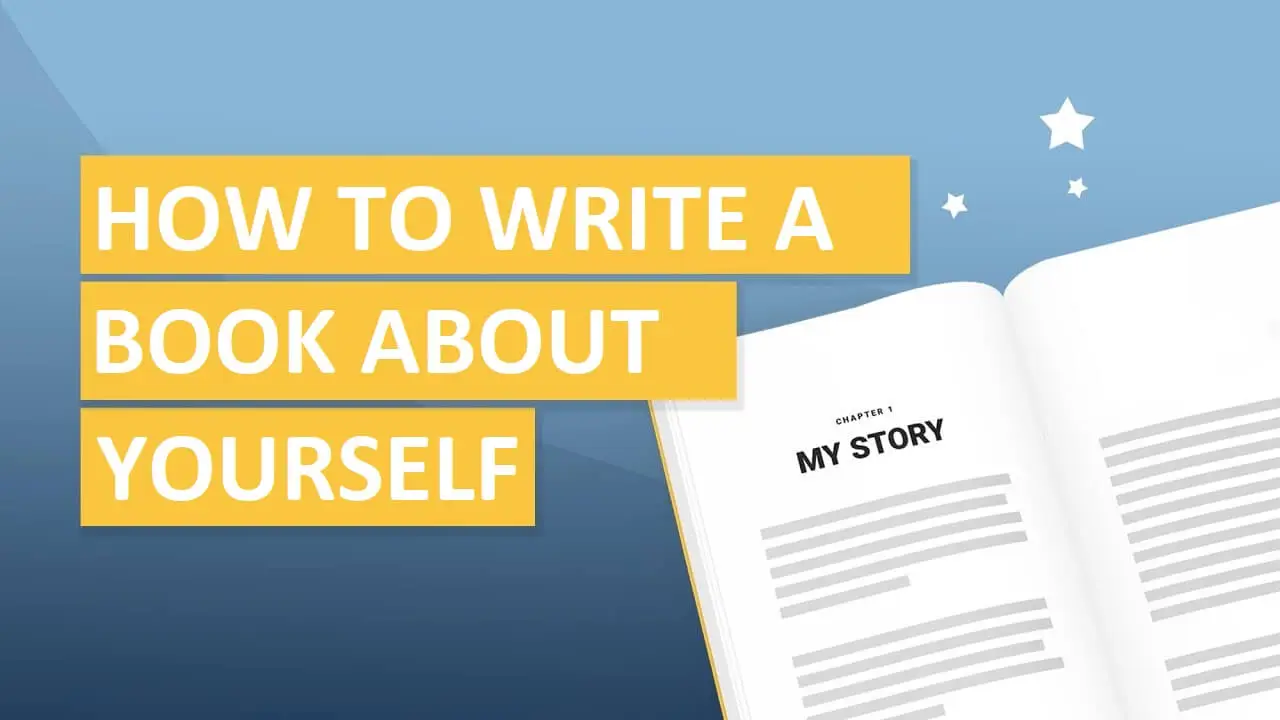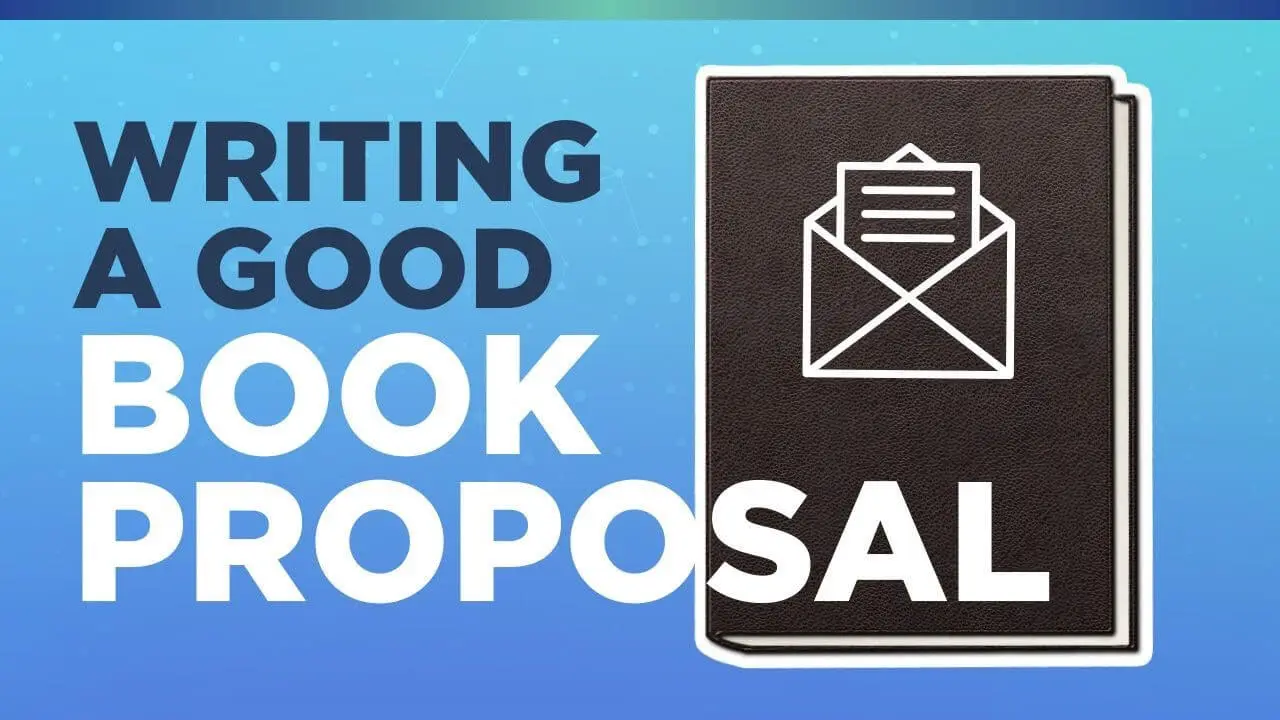Are you passionate about poetry and want to write your own book? If so, then this step-by-step guide is for you. Writing a poetry book can be a rewarding experience, both creatively and personally. It can also be a lot of work. But don’t let that stop you from pursuing your dreams. With hard work and dedication, anyone can write a poetry book.

The first step is to come up with an idea. What kind of book do you want to write? Do you have a specific theme or subject matter in mind? Once you have an idea, the next step is to start writing. Write as much as you can, and don’t worry about editing just yet. The goal is to get all of your ideas down on paper (or computer).
Once you have a decent amount of material, it’s time to start editing. Go through your work and cut out anything that doesn’t fit with the overall theme or tone of the book. The next step is to find a publisher. This can be a difficult process, but there are many resources available to help you.
If you’re serious about writing a poetry book, then follow these steps and you’ll be well on your way. It takes hard work and dedication, but it’s certainly possible. Just believe in yourself and stay the course.
Other Useful Tips for Writing a Poetry Book
A poetry book can be a great way to share your work with the world. But how do you go about writing one? Here are some tips to get you started:
- Choose a focus for your book. What is the overall theme or subject you want to write about? This will help you determine what poems to include.
- Start writing! Get all of your ideas down on paper, even if they’re not perfect. You can always revise and edit later.
- Organize your poems into sections. This will make it easier for readers to find specific poems they’re interested in.
- Find a publisher or self-publish. Once your book is complete, you’ll need to decide how to get it out there.
- Promote your book. Let people know about your poetry book and where they can find it.
Writing a poetry book can be a rewarding experience. By following these tips, you’ll be well on your way to creating a collection of your work that you can share with others.

As an aspiring poet, Allen’s wordsmith skills shine through. He reviews and discusses poetry collections, celebrating the power of verse in our lives.












